The KATRIN superconducting magnets: overview and first performance results
Author
| Arenz M. | University of Bonn, Germany |
| Dragoun Otokar, Ing. DrSc. | Nuclear Physics Institute of the ASCR |
| Kovalík Alojz, Ing. DrSc. | Nuclear Physics Institute of the ASCR, JINR Dubna |
| Ryšavý Miloš, RNDr. CSc. | Nuclear Physics Institute of the ASCR |
| Sentkerestiová Jana , Ing. Ph.D. | Nuclear Physics Institute of the ASCR |
| Suchopár Martin, Ing. Ph.D. | Institute of Physics ASCR |
| Vénos Drahoslav, Mgr. CSc. | Nuclear Physics Institute of the ASCR |
| et al. | different institutions |
Year
2018
Scientific journal
Journal of Instrumentation, 13, T08005
Web
Abstract
The KATRIN experiment aims for the determination of the effective electron antineutrino mass from the tritium beta-decay with an unprecedented sub-eV sensitivity. The strong magnetic fields, designed for up to 6 T, adiabatically guide, beta-electrons from the source to the detector within a magnetic flux of 191 Tcm(2). A chain of ten single solenoid magnets and two larger superconducting magnet systems have been designed, constructed, and installed in the 70m-long KATRIN beam line. The beam diameter for the magnetic flux varies from 0.064 m to 9 m, depending on the magnetic flux density along the beam line. Two transport and tritium pumping sections are assembled with chicane beam tubes to avoid direct "line-of-sight" molecular beaming effect of gaseous tritium molecules into the next beam sections. The sophisticated beam alignment has been successfully cross-checked by electron sources. In addition, magnet safety systems were developed to protect the complex magnet systems against coil quenches or other system failures. The main functionality of the magnet safety systems has been successfully tested with the two large magnet systems. The complete chain of the magnets was operated for several weeks at 70% of the design fields for the first test measurements with radioactive krypton gas. The stability of the magnetic fields of the source magnets has been shown to be better than 0.01% per month at 70% of the design fields. This paper gives an overview of the KATRIN superconducting magnets and reports on the first performance results of the magnets.
Cite article as:
M. Arenz, O. Dragoun, A. Kovalík, M. Ryšavý , J. Sentkerestiová , M. Suchopár, D. Vénos, . et al., "The KATRIN superconducting magnets: overview and first performance results", Journal of Instrumentation, 13, T08005 (2018)


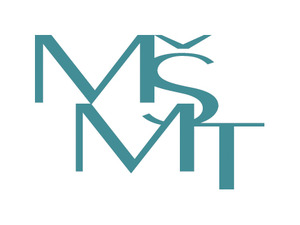 MINISTR ŠKOLSTVÍ KE SPOLUPRÁCI ČR S SÚJV
MINISTR ŠKOLSTVÍ KE SPOLUPRÁCI ČR S SÚJV INTEREST JINR, Wave 6
INTEREST JINR, Wave 6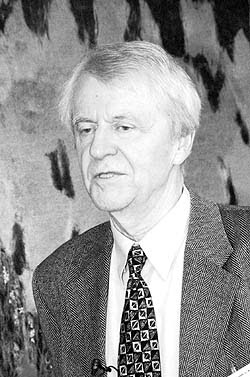 The passing of Ivo Zvára
The passing of Ivo Zvára Call for the projects solved in collaboration with JINR (Projects 3+3)
Call for the projects solved in collaboration with JINR (Projects 3+3)  Call for the Grants of the Plenipotentiary of the Government of the Czech Republic in JINR
Call for the Grants of the Plenipotentiary of the Government of the Czech Republic in JINR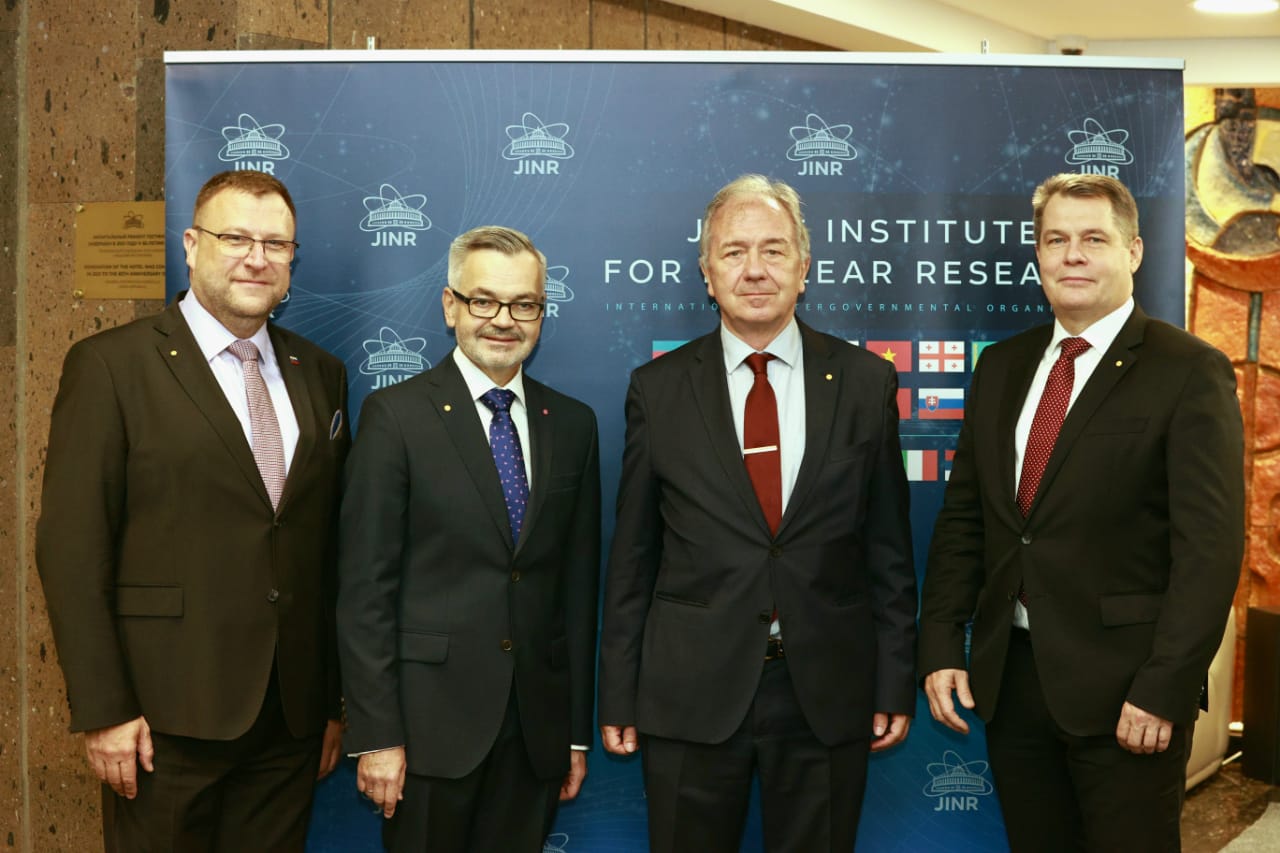 Czech Ambassador in Russia visited JINR
Czech Ambassador in Russia visited JINR INTEREST JINR, Wave 5
INTEREST JINR, Wave 5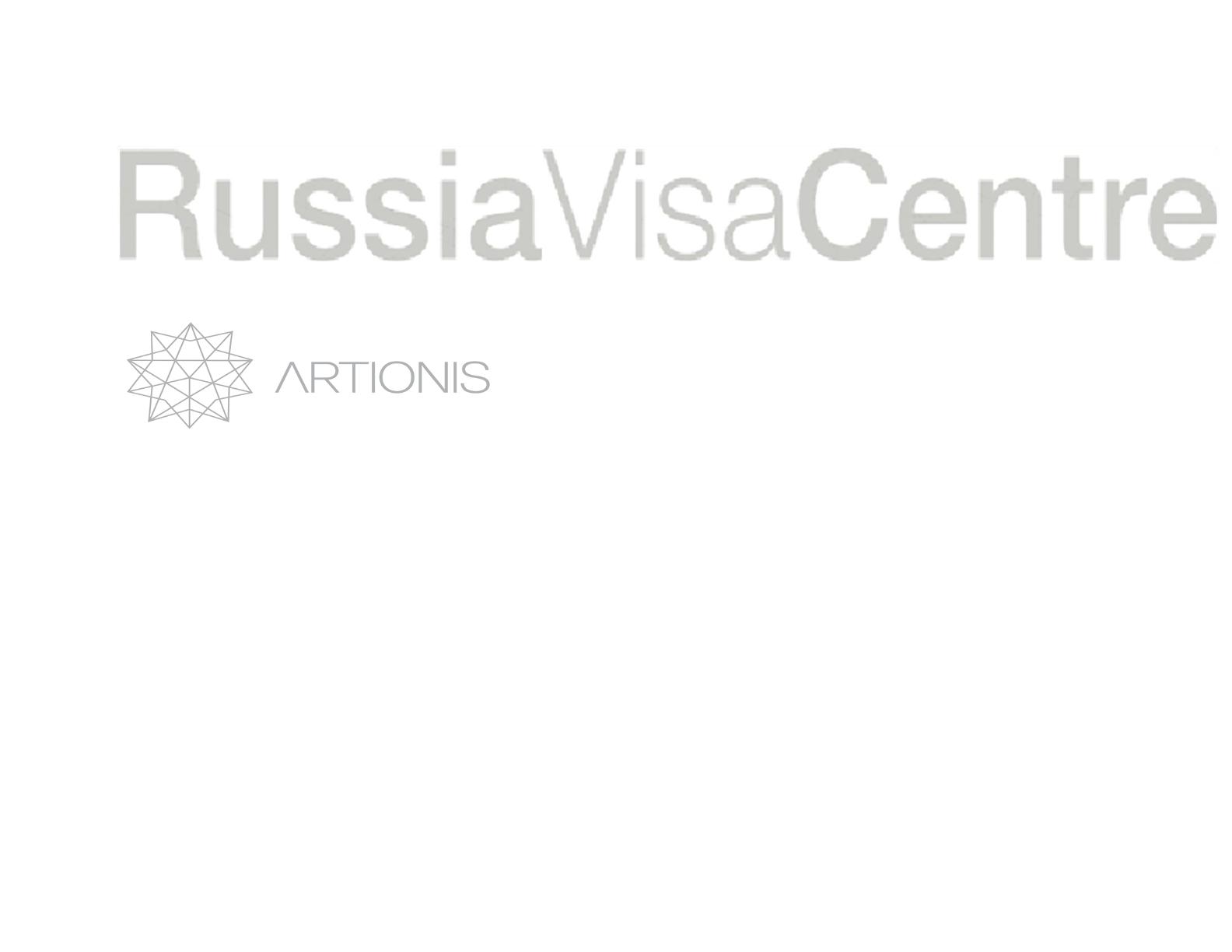 Russia Visa Centre
Russia Visa Centre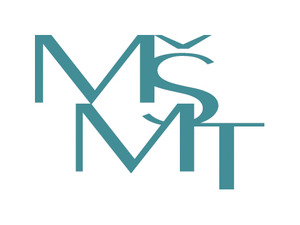 Working Stays CR - JINR 2022
Working Stays CR - JINR 2022